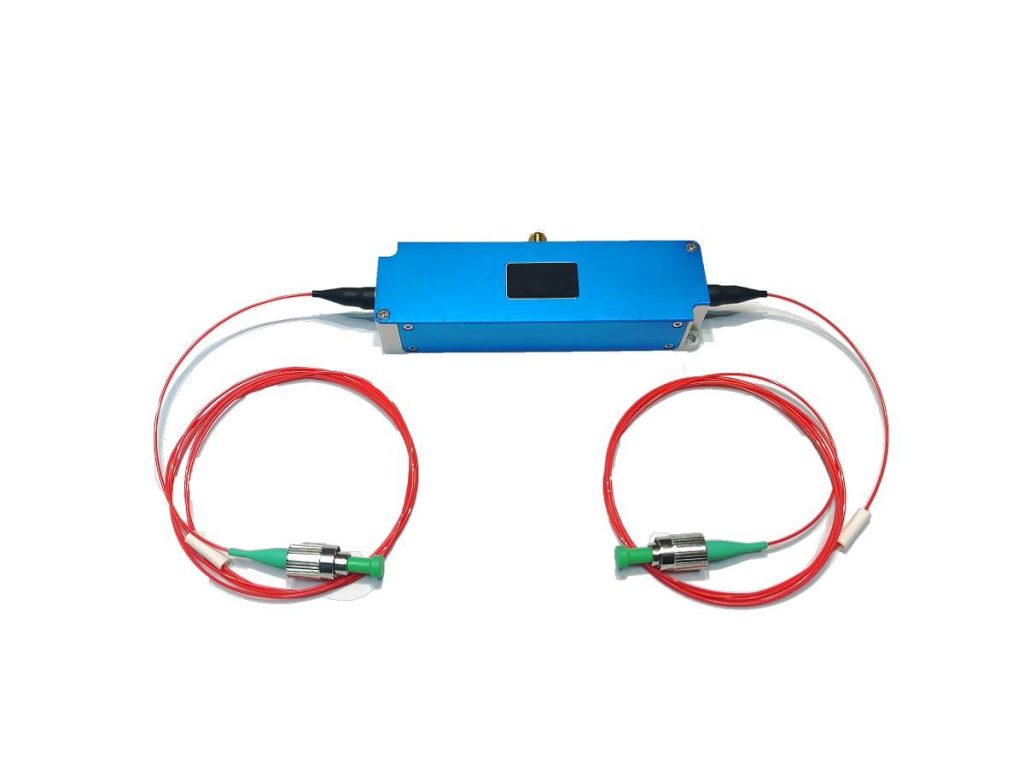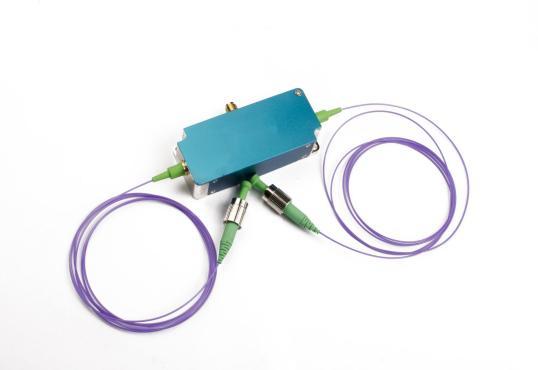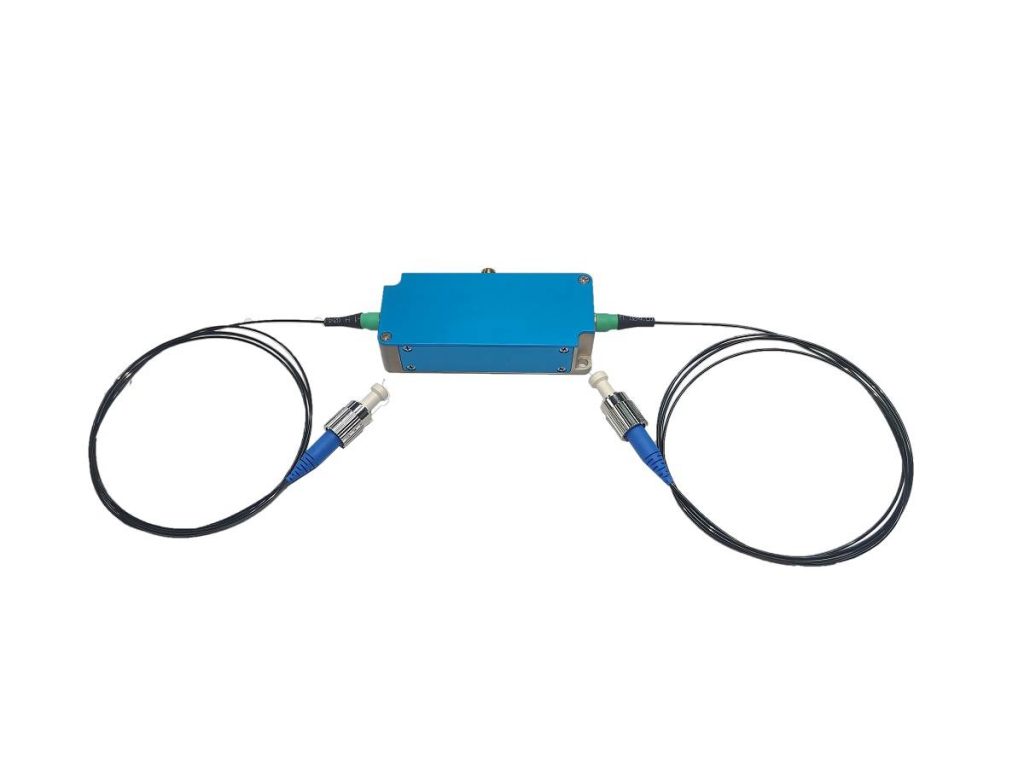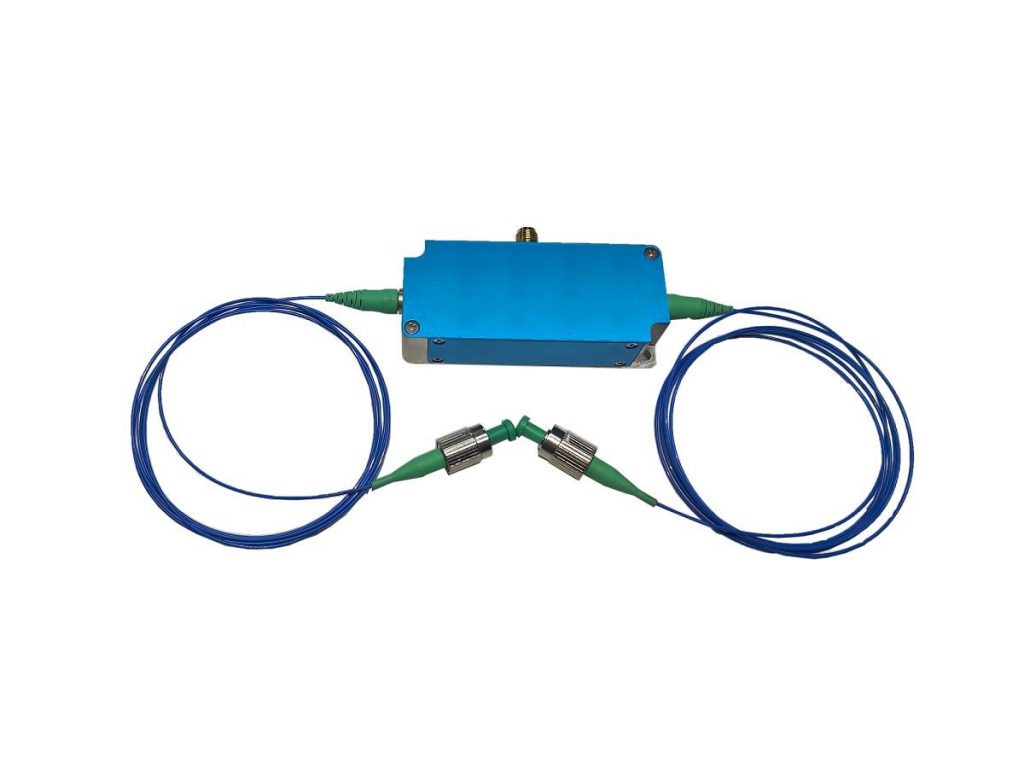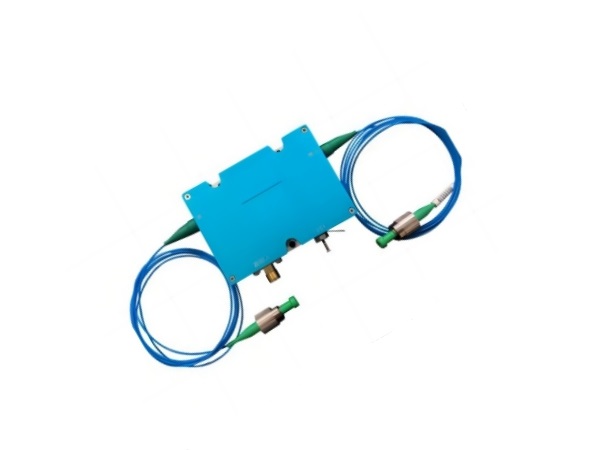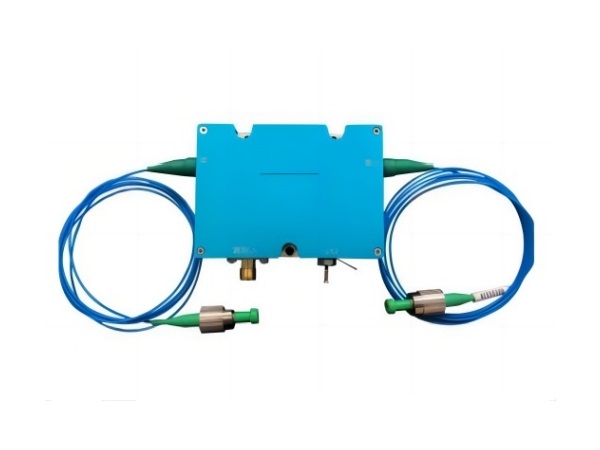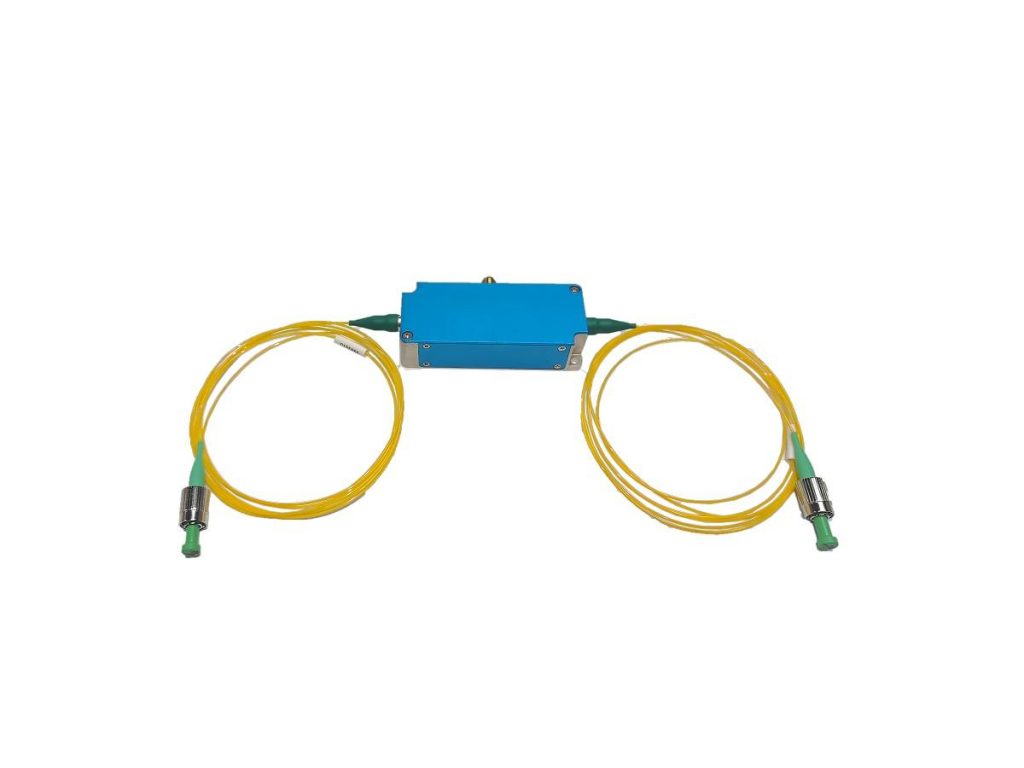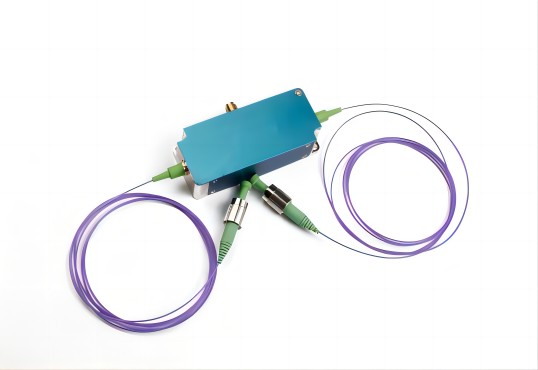Key Features to Look for When Buying an Acousto-Optic Frequency Shifter
An acousto-optic frequency shifter (AOFS) is an unusual tool that makes use of sound waves to shift the frequency of light. It finds many applications in laser systems, optical communications, and scientific experimentation. Whether you’re dealing with Doppler velocimetry, heterodyne interferometry, or laser stabilization, choosing the right AOFS will allow you to achieve best performance.
In this blog, we’ll explore the key role of an AOFS, the must-have features to consider when purchasing one, and considerations specific to your particular application.
What are the Roles of Acousto-Optic Frequency Shifter
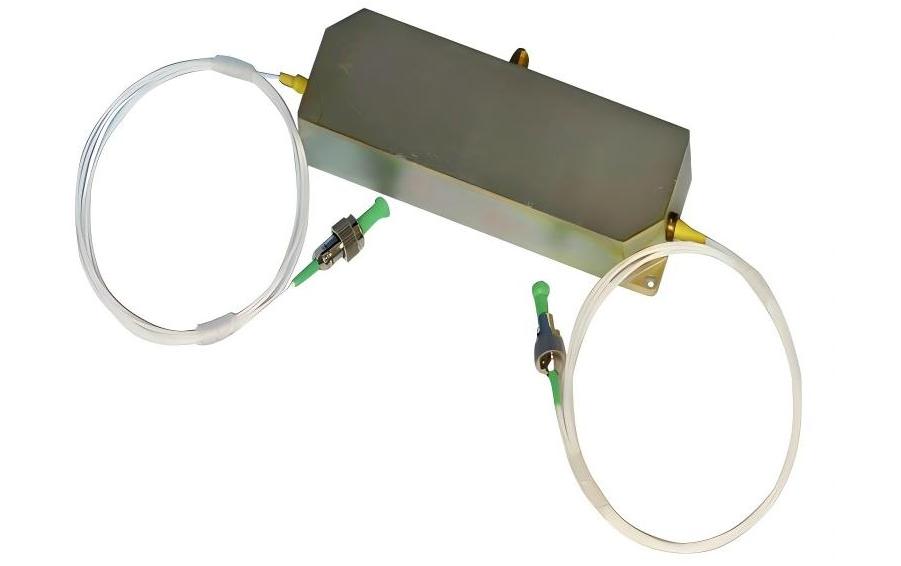
An acousto-optic frequency shifter is a vital component in advanced optical systems, used to alter the frequency of a laser beam by leveraging the interaction between sound waves and light within a crystal medium.
When a radio-frequency (RF) signal is applied to the crystal, it generates an acoustic wave that modulates the refractive index, causing the incident light to diffract and shift in frequency. This frequency shift is essential in a variety of applications, such as compensating for Doppler effects, stabilizing laser frequencies, or enabling precise control in interferometric systems. In telecommunications, it helps manage signal timing and reduce noise.
In spectroscopy, it allows for accurate wavelength tuning, enhancing measurement resolution. The acousto-optic frequency shifter is also widely used in quantum optics, laser cooling, and optical signal processing, where dynamic, high-speed frequency control is crucial. Its role is foundational in systems demanding precision, speed, and adaptability.
Key Features A Good Acousto-Optic Frequency Shifter Has
If you are choosing an acousto-optic frequency shifter, it is essential to look at a variety of crucial features which affect its performance as well as its reliability and suitability for the specific application. An excellent frequency shifter must be able to demonstrate the following attributes:
Frequency Shift Range
A frequency range is the fundamental parameter that defines the extent to which the optical wavelength of a beam is able to be changed. An extensive and variable frequency shift range allows versatility across various applications like Doppler shift compensation and optical heterodyne detection as well as laser stabilization. The typical ranges are just a few megahertz (MHz) and up to hundreds of gigahertz (GHz) according to the purpose of the device and its design. The wide spectrum of frequencies lets users fine tune optical signals using high accuracy.
RF Driver and Modulation
A highly-performing RF driver is vital to generate the acoustic wave which interact with optical beam. The driver needs to be able to provide steady frequency output, rapid moderating speeds and minimum phase noise. Modern models support amplified and frequency modulation (AM as well as FM) which allows for dynamic control of frequency shift. Being able to alter the RF signal at real-time is especially useful in the field of beam steering, optical switching and encoded signals.
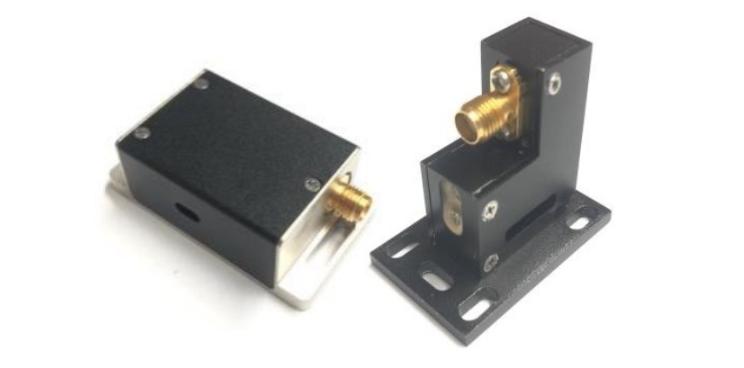
Optical Performance
Optics performance directly influences the clarity and efficiency of the signal that is frequency-shifted. The most important metrics are:
- Diffraction Efficiency: The proportion of light that is that is successfully moved. A higher efficiency (often over 80percent) signifies that less optical energy is wasted.
- Insertion Loss: The reduction of signal strength as it passes across the apparatus. Lower insertion loss preserves beam intensity.
- Extinction Ratio: The difference between diffracted and un-diffracted light is crucial to reduce background noise as well as enhancing quality of the signal.
A properly-designed frequency shifter can balance these variables to produce a powerful clear, crisp signal output.
Material and Wavelength Compatibility
Certain acousto-optic materials react optimally to certain wavelengths and powers. The most common materials are tellurium dioxide (TeO2) and the fused silica and quartz. The best frequency shifter must match the wavelength of laser used, whether in the near-infrared, visible or any other spectrum. Furthermore, mechanical and thermal durability of the product guarantees consistent performance in a variety of operating conditions.
Concentrating on these important attributes–frequency shift ranges as well as the quality of the RF driver as well as optical performance and material compatibility, you can select an acousto-optic frequency switcher that offers efficiency, precision as well as reliability to meet your needs for your optical requirement.
Application-Specific Considerations for an Acousto Optic Frequency Shifter
While general performance parameters are important, selecting the right acousto-optic frequency shifter also depends on the specific requirements of your application. Different industries and use cases demand varying levels of precision, response time, wavelength compatibility, and power handling.

- In telecommunications, frequency shifters are used for signal routing, modulation, and timing adjustments in high-speed optical networks. These applications require devices that offer fast modulation speeds, low insertion loss, and stable operation across a range of frequencies. High-frequency RF drivers and minimal signal distortion are crucial in maintaining signal integrity.
- For spectroscopy, especially in precision instruments, the ability to finely tune the laser frequency is essential. Here, high diffraction efficiency, narrow frequency resolution, and compatibility with specific laser wavelengths (such as visible or infrared) are key. Stability and repeatability of the frequency shift are vital for accurate measurements over long durations.
- In laser cooling and atomic physics, acousto-optic frequency shifters are used to create precise frequency detunings necessary to trap and manipulate atoms. These systems benefit from rapid frequency tuning, high reliability, and minimal optical noise. Devices used in this field must also be capable of operating at the specific laser wavelengths typically used in cold atom experiments, such as 780 nm for rubidium or 1064 nm for infrared trapping.
- For optical signal processing or beam steering, response speed and modulation bandwidth are top priorities. The frequency shifter must handle fast, dynamic changes in the RF signal while maintaining optical alignment and performance. In such cases, both RF electronics and the acousto-optic material must support high-speed operation without thermal degradation.
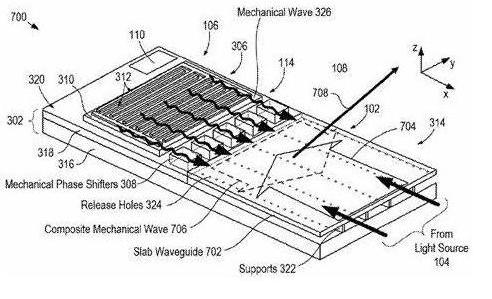
In a word, choosing the right acousto-optic frequency shifter requires a careful match between the device specifications and the functional needs of the application to ensure optimal performance and long-term reliability.
Conclusion
Choosing the right acousto-optic frequency shifter (AOFS) involves thinking about frequency shift range, RF driver efficiency, optical efficiency, and material compatibility. Knowing these key features and how they play into your application, you can select the most appropriate AOFS to provide optimum performance.
For custom use, call up reliable manufacturers so that you can purchase a device which is uniquely compatible with your purpose. Spending money on a quality acousto-optic frequency shifter will improve the precision and reliability of your optical component.

